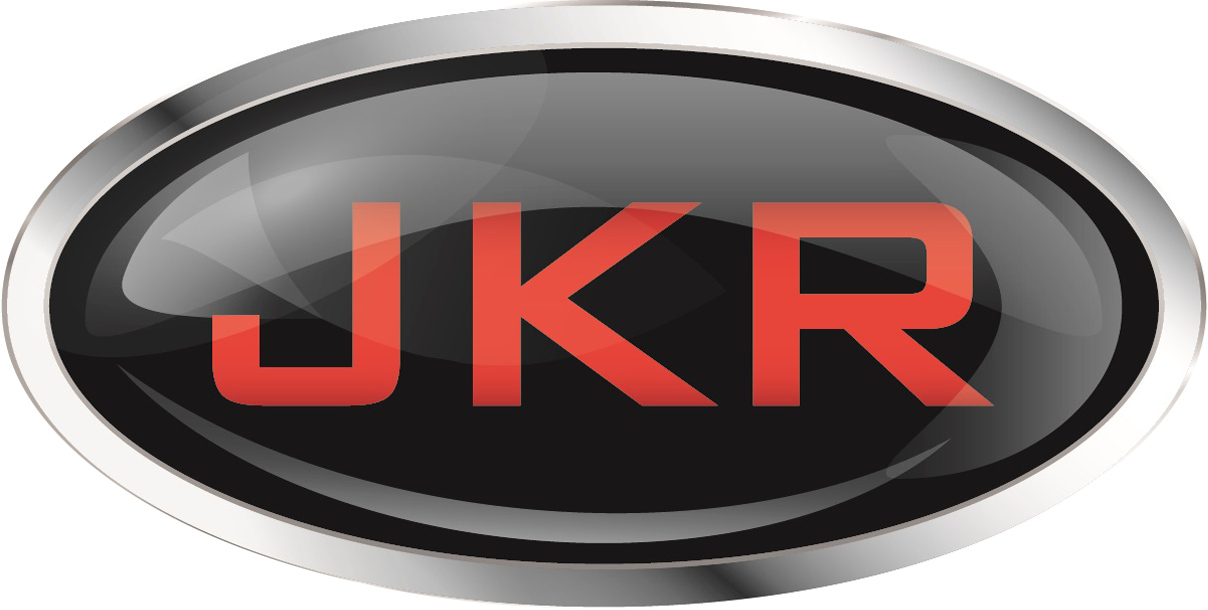Addressing the Employee Turnover Issue
 Why is the employee turnover rate at auto dealerships so high when the median weekly salary of a car-dealership employee is nearly 30 percent more than the average earnings of those outside the industry? (Sources: 2013 and 2015 NADA Dealership Workforce Industry Reports.) To get the answer to this all-important question, it’s not a bad idea to remember how things were at auto dealerships a couple decades ago – and how they have changed over time.
Why is the employee turnover rate at auto dealerships so high when the median weekly salary of a car-dealership employee is nearly 30 percent more than the average earnings of those outside the industry? (Sources: 2013 and 2015 NADA Dealership Workforce Industry Reports.) To get the answer to this all-important question, it’s not a bad idea to remember how things were at auto dealerships a couple decades ago – and how they have changed over time.
Not too many years ago, it was simply a foregone conclusion that at a car dealership the position of sales consultant was going to be a revolving door. Much of this was due to the entirely commission-based pay structures. This meant that if the new salesperson didn’t sell cars rather quickly, they weren’t going to make enough money to pay the bills; hence, the employee turnover. The automotive sales rep of yesteryear also typically worked a 60-hour week, giving them less time to be with their families and loved ones.
It almost boggles the mind that these were once an accepted practices when you realize that employee retention has a direct correlation with customer retention – and that it costs a great deal of time and money to train a new employee.
Things are somewhat better today, but the position of sales consultant remains a hot-button issue. Many salespeople quit … and the NADA studies mentioned above showed that another 40 percent of salespeople are terminated within their first 90 days of employment. And now that female employees are entering the automotive workforce occupying key positions in greater numbers, their turnover rate is at an alarming 76 percent! What can be done to improve these stats?
Employee Turnover Data
∙ Based on the studies, it appears that today’s automotive sales business professional prefers time off over money. Though the ones still working 50-60 hours per week earn more than their counterparts working 40-45 hours, there is a larger turnover rate among those enduring the longer work weeks. As the NADA aptly puts it, We need to address dealership culture, work house, salary and incentive programs, as the turnover rate in 2012 for this age group (the Generation Y employee) was 54 percent.
∙ Take more time to really get to know candidates during the interview process. Don’t just settle for any old “warm body”. Look for the people who understand what it takes to give your customers what they need and want.
∙ It’s important to show paths of career opportunities for your employees. Train them well so they’re ready and qualified to be on your sales floor! Invest in them and pay special attention to those with the most potential. Think about it: the longer an employee sticks around, the more they will learn about their jobs – and the jobs of others at your store. That’s a win for you and your customers!
∙ Eliminate the “good-old-boy” network, and you will go a long way toward keeping a larger percentage of female employees. People want to work where they are respected and treated as equals. Right now, 18.5% of dealership employees are female, and that number is expected to continue growing. When you can foster a comfortable work environment for women, it will help you immeasurably.
You’re never going to be able to account for those who “just want to give it a try” and discover they don’t like working at car dealerships; or those who aren’t cut out for the business – but you can greatly reduce employee turnover if you make a concentrated effort to put your people in positions to succeed.
JKR Automotive Advertising: We Move Cars.
